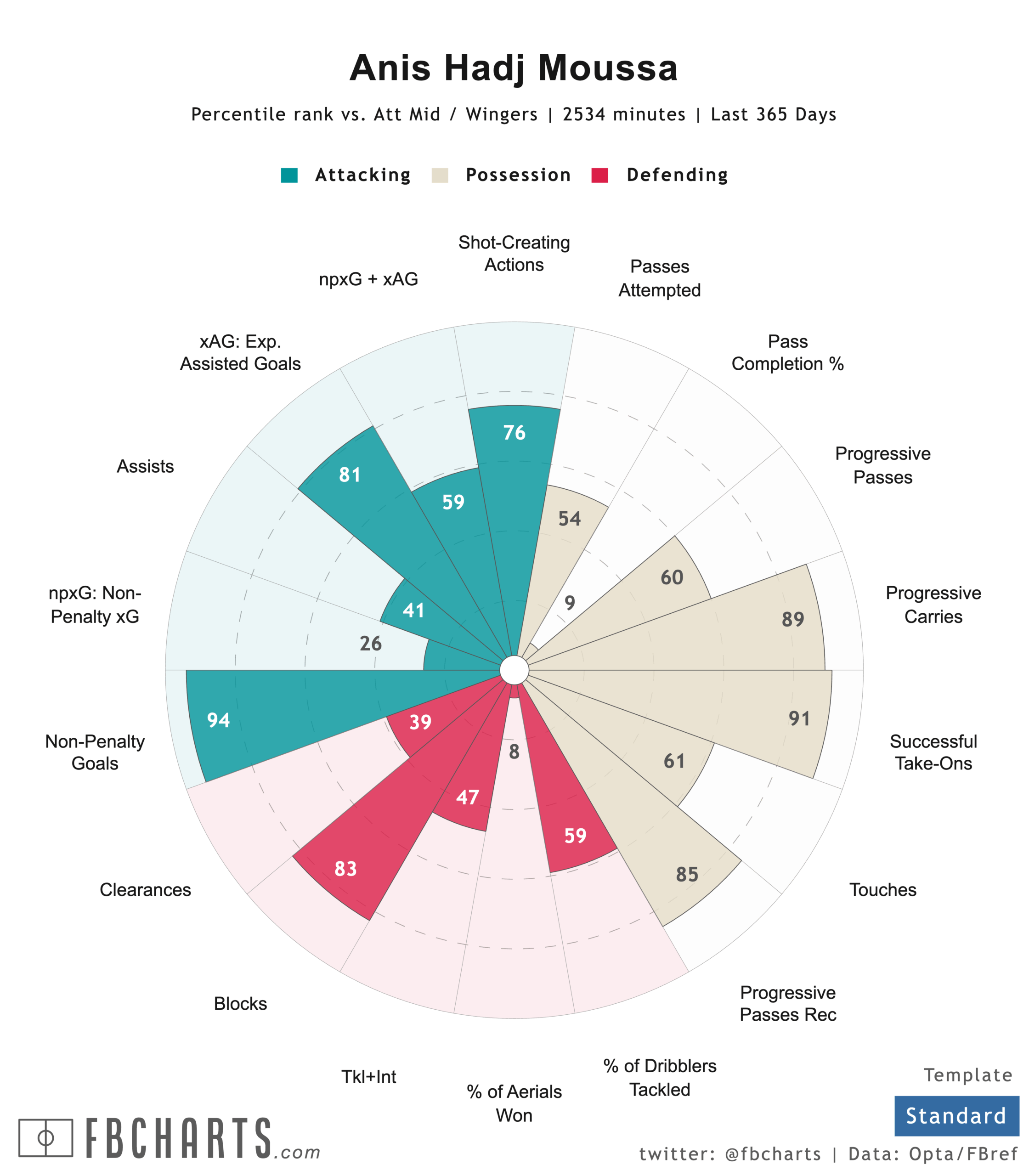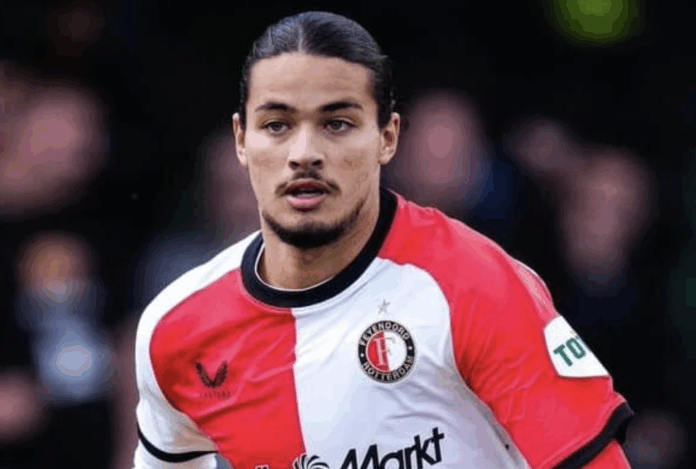Rebuilding the Next Generation of Wide Forwards
The modern Liverpool era was defined by wide attacking brilliance. Mo Salah and Sadio Mané set a benchmark few duos could match, leading Jürgen Klopp’s side to European and domestic glory. But with Mané long departed and Salah entering the final stages of his contract, Liverpool’s hierarchy are assessing what comes next.
Under Arne Slot, the club’s recruitment model remains focused on identifying emerging players who blend technical quality with tactical intelligence. It’s no coincidence, then, that Anis Hadj Moussa’s name has surfaced. The 23-year-old, who joined Feyenoord in 2024, is beginning to show the kind of progression that fits neatly into Liverpool’s evolving strategy.

Profile of an Emerging Star
Reports from Africa Foot suggest Liverpool have been tracking Moussa closely this season. After a steady debut campaign in the Netherlands — scoring eight and assisting three in league play — he’s already found the net four times this term. Beyond raw numbers, however, it’s Moussa’s underlying performance data that is believed to have piqued Liverpool’s interest.
Slot’s tactical blueprint relies on wide players who contribute directly to goal creation but also work within an integrated pressing system. Moussa’s style mirrors those demands. He averages over six touches in the opposition box per 90 minutes — a figure that compares favourably with Liverpool’s current attacking options.
Equally impressive are his ball progression metrics. With an average of 4.5 progressive carries per 90 minutes, Moussa exceeds several senior attackers in Liverpool’s current squad. He’s dynamic in transition, comfortable receiving passes between lines, and consistently looks to drive into dangerous areas — recording nine progressive pass receptions per game, a number that places him among the most involved wide forwards in the Eredivisie.
Valuation and Transfer Potential
Financially, a deal for Moussa could represent excellent value. According to Football Transfers, the Algerian’s estimated transfer value currently stands at around €19 million. Feyenoord paid approximately €3.5 million for his signature last year, highlighting both the rapid rise in his profile and the efficiency of their scouting network.
Given Liverpool’s recent investments in overlapping full-backs and Slot’s emphasis on direct, high-tempo wing play, Moussa would appear an ideal addition to bolster both depth and competition in forward areas. With Salah’s long-term future uncertain, the Algerian’s arrival could also provide a natural succession plan — one that aligns with Liverpool’s preference for early integration rather than reactive replacement.
A Smart Move in the Making
For Liverpool, the challenge in the post-Salah era is not only replacing his goals but his entire influence on the right side of attack. While few can emulate his output immediately, Moussa’s profile suggests he could thrive in a system designed around pace, positional fluidity, and relentless pressing.
Still just 23, his trajectory at Feyenoord reflects both promise and maturity — traits that have historically appealed to Liverpool’s recruitment team. Should the Reds move decisively, they may once again secure a hidden gem from the European market before his value escalates further.
As speculation grows, Moussa’s performances in Rotterdam will continue to be closely watched. For now, one thing is clear: Liverpool’s next African star might already be emerging, and the path from De Kuip to Anfield could soon open once again.




